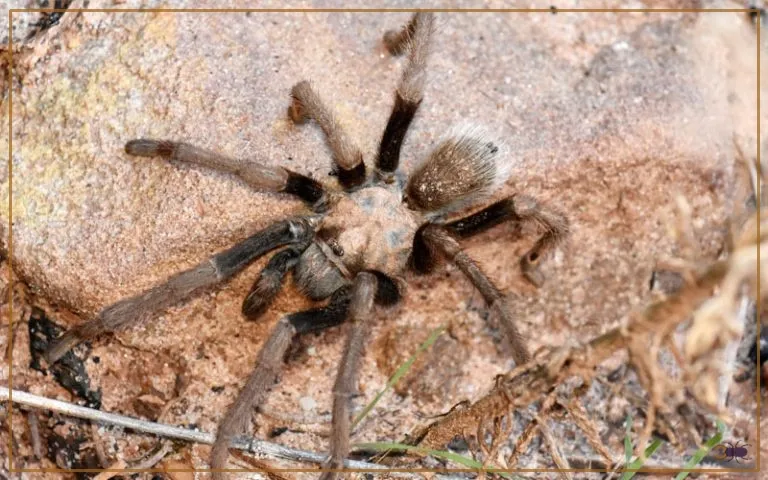Black Widow vs. Tarantula: The Deadly Showdown
The natural world is filled with creatures, some beautiful and others dangerous. Among the latter, spiders often capture our attention, and for good reason. The question of which spider is more dangerous, the black widow or the tarantula, is a common one. Both are iconic spiders, but their threats to humans differ significantly. This article will compare these spiders, examining their characteristics, venom, behavior, and the potential risks they pose. We’ll break down the specifics to help you understand which spider you should be more concerned about if you cross their path.
Understanding the Black Widow Spider
Appearance and Identification
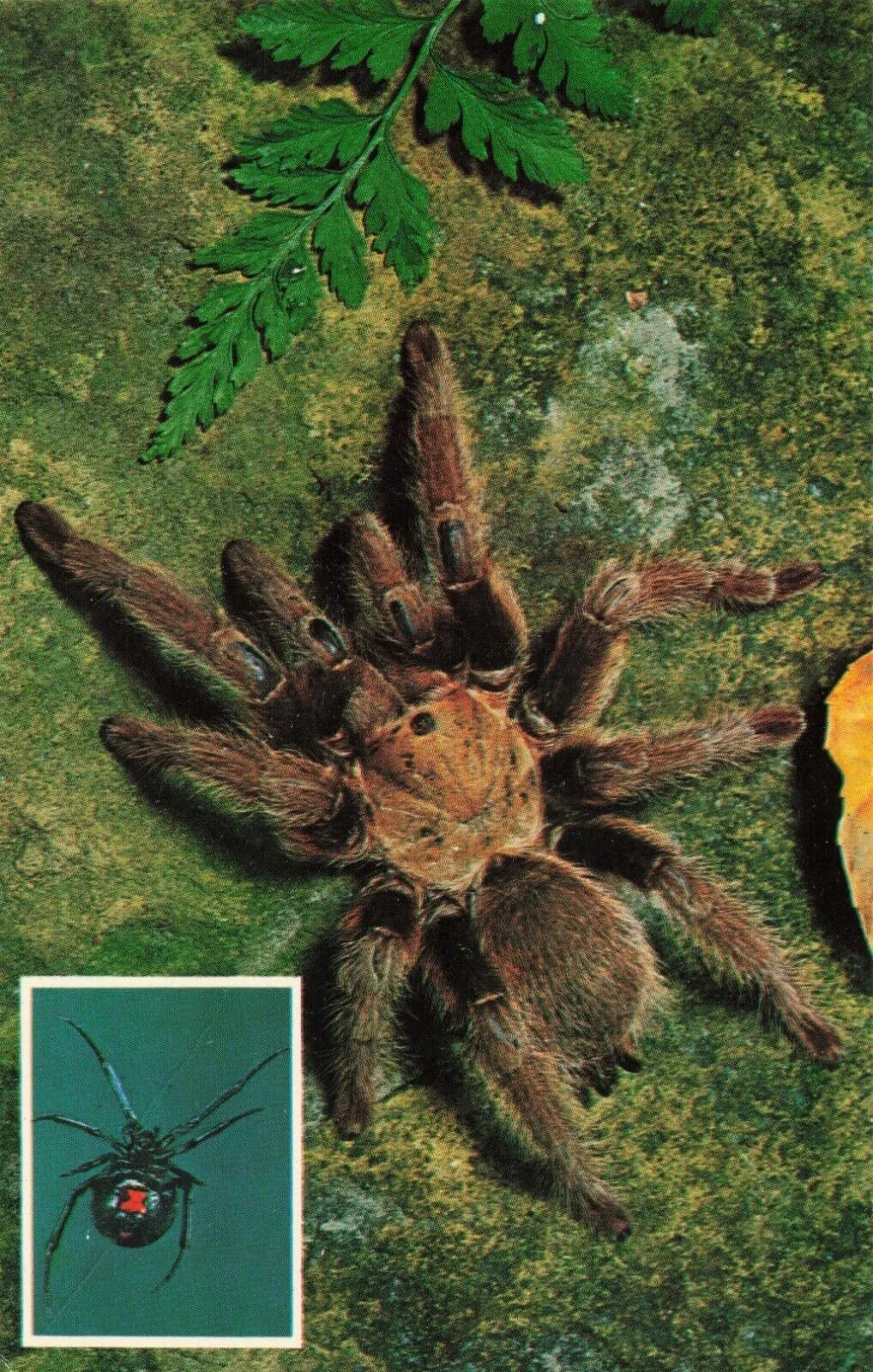
The black widow spider (Latrodectus) is easily recognizable, primarily due to the glossy black body and the distinctive red hourglass marking on the underside of the abdomen. Females are typically about 1/2 inch long, while males are much smaller and less dangerous. They are often found in sheltered locations, like woodpiles, sheds, and under rocks. The hourglass marking serves as a warning signal to potential predators, though it also helps in identification.
Habitat and Geographic Distribution
Black widows are found throughout North America, as well as in parts of South America, Australia, and New Zealand. They thrive in warmer climates and are often found in areas with human habitation. The spider prefers to build its web in undisturbed, secluded places, making accidental encounters relatively common. Their wide distribution and ability to adapt to various environments contribute to their notoriety.
Venom Composition and Effects
The black widow’s venom is a complex mixture of neurotoxins. The primary component, alpha-latrotoxin, disrupts nerve function, leading to a condition known as latrodectism. This condition causes severe muscle cramps, pain, and other systemic symptoms. The venom’s potency is high, and even a small amount can cause significant distress. The effects can be particularly severe in young children, the elderly, and individuals with underlying health conditions.
Symptoms of a Black Widow Bite
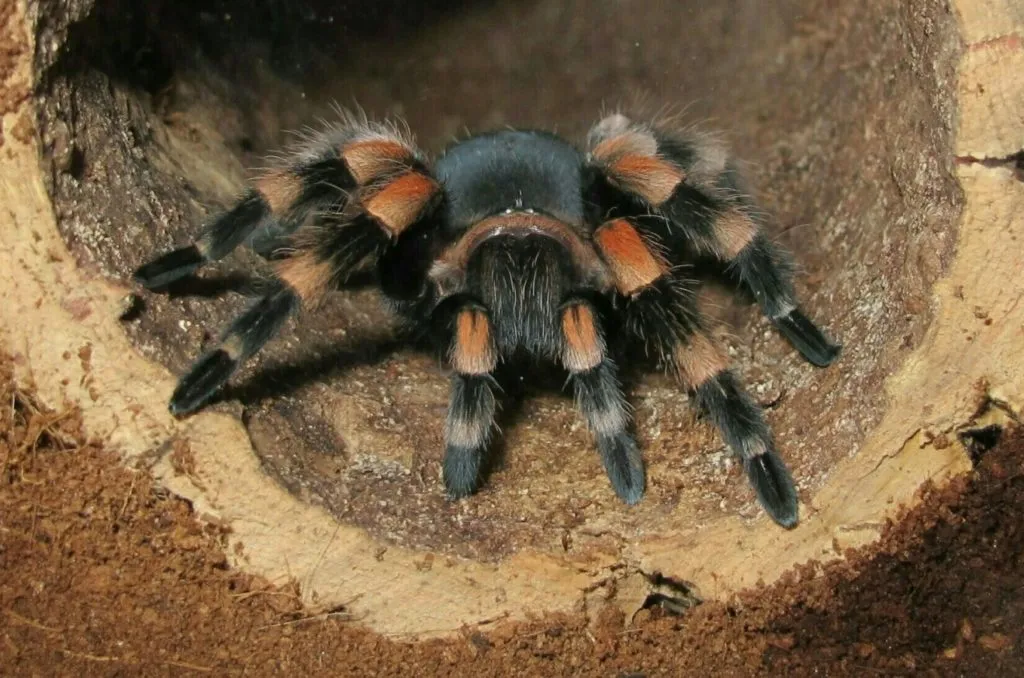
Symptoms of a black widow bite can vary but typically include immediate pain at the bite site, followed by muscle cramps, abdominal pain, nausea, and headache. Some individuals may experience sweating, increased blood pressure, and difficulty breathing. The severity of symptoms depends on the amount of venom injected and the individual’s sensitivity. Medical attention is often required to manage symptoms and prevent complications.
Treatment and First Aid
If bitten by a black widow, seek medical attention immediately. First aid involves cleaning the bite area with soap and water, applying a cold compress, and elevating the affected limb. Antivenom is available, but its use depends on the severity of the symptoms. Medical treatment typically focuses on pain management, muscle relaxants, and supportive care to manage complications. Early intervention is crucial for reducing the severity of the effects.
The Tarantula: An Overview
Types of Tarantulas

Tarantulas represent a diverse group of spiders, with hundreds of species found worldwide. They vary greatly in size, color, and habitat. Some common types include the Mexican Red-Knee, the Chilean Rose, and the Goliath Birdeater. These spiders are popular as pets, and their wide range of adaptations allows them to survive in diverse environments, from deserts to rainforests.
Appearance and Characteristics
Tarantulas are large, hairy spiders, often exceeding several inches in leg span. Their appearance varies greatly depending on the species, with colors ranging from brown and black to vibrant reds and oranges. They have large fangs that they use to inject venom and are generally more docile than they appear. They also have urticating hairs on their abdomen that they can flick at threats, causing irritation.
Habitat and Behavior
Tarantulas inhabit a variety of environments, from burrows in the ground to trees and rock crevices. They are generally nocturnal hunters, feeding on insects, small lizards, and occasionally small mammals. Their behavior is typically defensive, and they are unlikely to bite unless provoked. However, they can be skittish and may bite if they feel threatened, although their bites are not usually life-threatening to humans.
Venom and Bite Effects
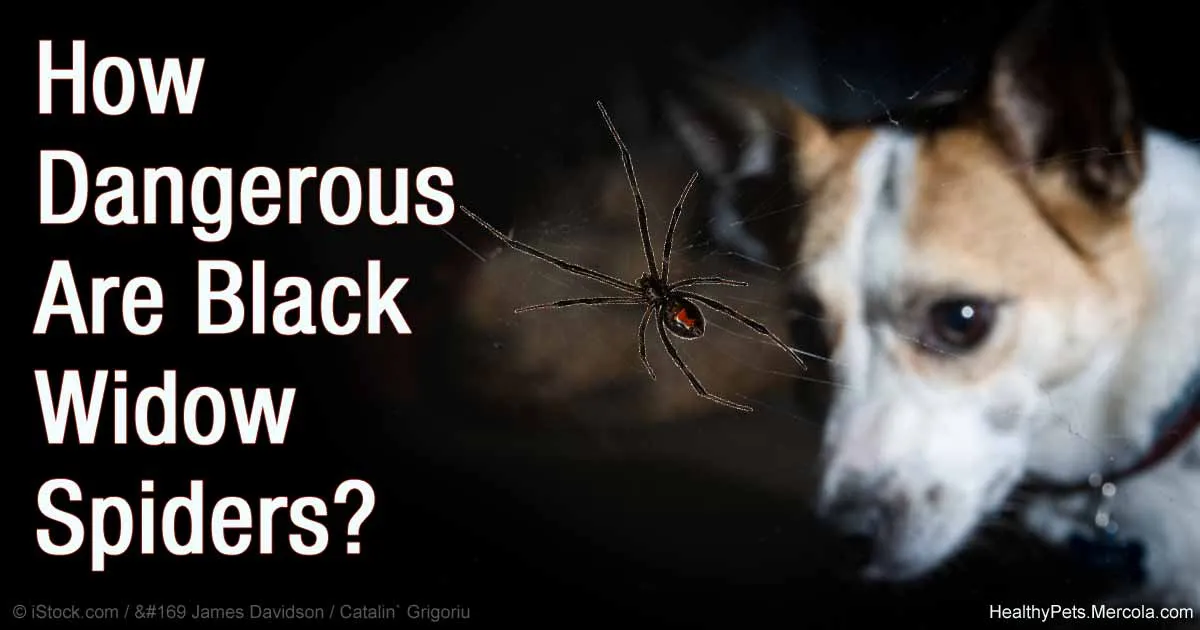
Tarantula venom, while present, is generally not considered highly toxic to humans. A tarantula bite often causes localized pain, swelling, and redness. The venom is primarily designed to subdue prey and has a much weaker effect on mammals compared to the neurotoxins in black widow venom. Some people may experience allergic reactions, but severe systemic effects are rare. The biggest risk comes from the mechanical damage of the bite, and potential secondary infection if the wound is not properly cared for.
Comparison of Dangers
Venom Potency Comparison
The venom of the black widow is significantly more potent than that of the tarantula. Black widow venom contains neurotoxins that affect the nervous system, leading to severe symptoms. Tarantula venom, on the other hand, is less potent and primarily causes local effects. In terms of toxicity, the black widow poses a much greater risk due to the composition of its venom.
Bite Severity and Consequences

Black widow bites can lead to severe muscle cramps, abdominal pain, and systemic complications. In rare cases, bites can be life-threatening, especially in vulnerable populations. Tarantula bites, while painful, rarely cause severe systemic effects. The primary consequences of a tarantula bite are localized pain, swelling, and possible allergic reactions. Therefore, the black widow bite has more severe potential consequences.
Frequency of Bites and Human Impact
Black widow bites, while not extremely common, are more likely to require medical attention due to the severity of symptoms. Tarantula bites are less frequent and rarely lead to hospitalization. The overall human impact of black widow bites is greater due to the potential for serious health issues and the need for medical intervention. Although tarantulas are larger, the black widow’s venom poses a greater threat.
Factors Influencing Danger
Spider Size and Venom Quantity
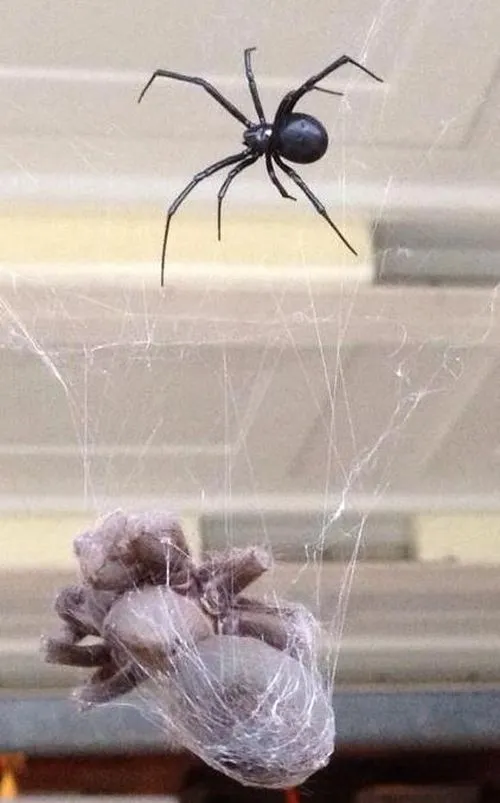
The size of a spider can influence the amount of venom injected during a bite, but this is not always directly correlated to danger. Tarantulas, being much larger, can deliver a larger bite. However, the potency of black widow venom is so high that even a small amount can cause severe symptoms. The potency of the venom is a more significant factor than the sheer quantity injected.
Geographical Location and Encounter Likelihood
The geographical location where you are matters, as both spiders are not found everywhere. Black widows are found in many parts of the world, often in areas with human activity, increasing the chance of encounters. The encounter likelihood can vary depending on the location and the time of year. Being aware of the spiders’ habitats in your area can help prevent bites.
Individual Sensitivity and Health Conditions
Individual sensitivity to venom varies, and health conditions can influence the severity of a bite. People with allergies or pre-existing health issues may experience more severe reactions to both black widow and tarantula bites. Children and the elderly are often more vulnerable. Being aware of your own health and taking appropriate precautions can mitigate the risk of serious complications.
Safety Precautions and Prevention
Avoiding Bites from Both Spiders
To avoid bites, wear gloves and long sleeves when working in areas where spiders might be present. Regularly inspect and clean areas where spiders are likely to build webs, such as sheds, garages, and woodpiles. Shake out clothing and shoes before putting them on, and be mindful of where you place your hands and feet. Educating yourself about spider habitats and behaviors is a key component of preventing bites.
First Aid and Emergency Response
If bitten, seek medical attention immediately, especially if you suspect a black widow bite. Clean the bite area with soap and water and apply a cold compress to reduce swelling. Try to remain calm and avoid strenuous activity. If possible, safely capture the spider for identification, though this is not always necessary. Following these steps can help mitigate the effects of a bite and ensure proper treatment.
Conclusion Which Spider is More Dangerous
In the showdown between the black widow and the tarantula, the black widow emerges as the more dangerous spider. Its potent venom and the potential for severe systemic effects make it a greater threat to human health. While tarantula bites can be painful and may cause local reactions, their venom is not as dangerous. By understanding the differences between these spiders and taking appropriate precautions, you can minimize the risks associated with these fascinating, but potentially dangerous, creatures.
